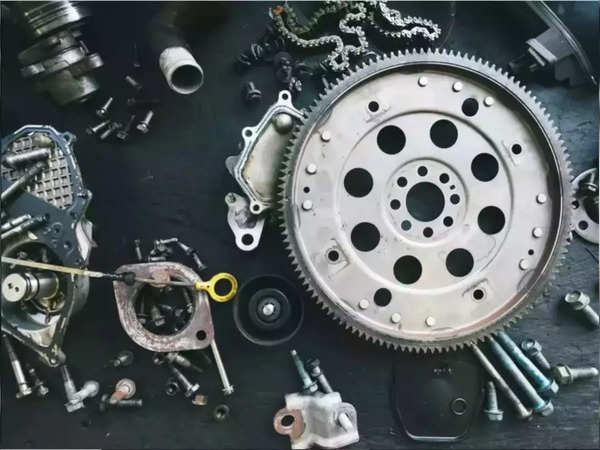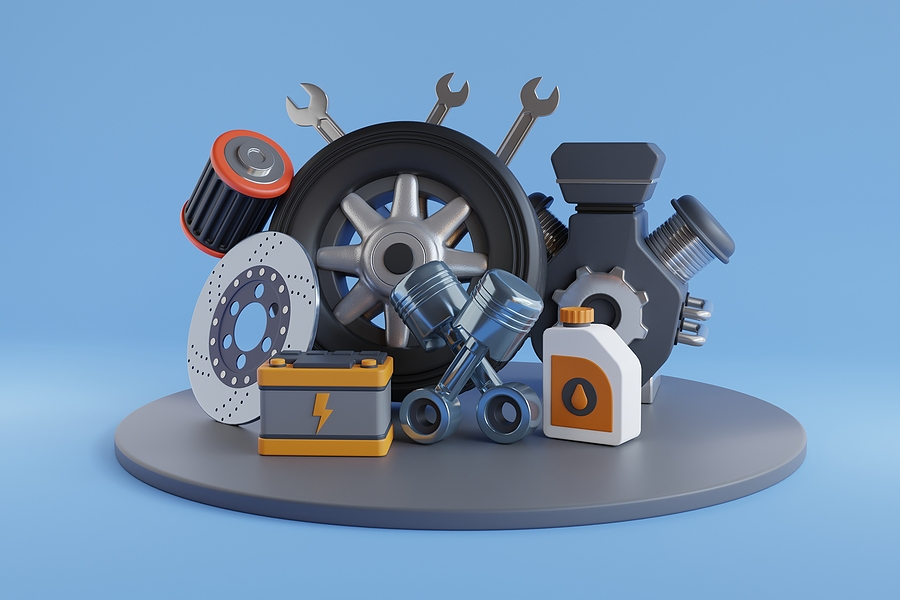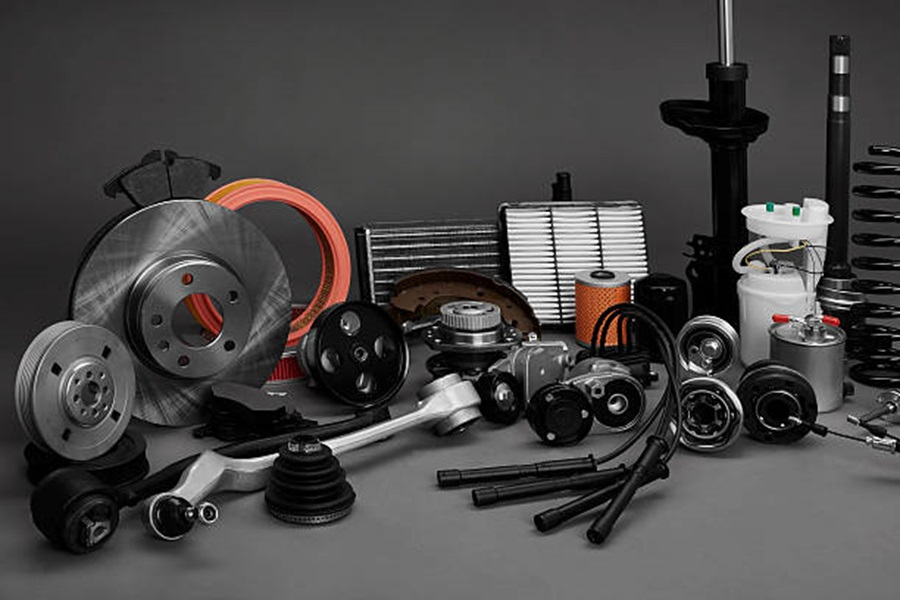When it comes to maintaining or upgrading your vehicle, the quality of auto parts you choose can make all the difference. With so many options on the market, it can be challenging to discern which parts are truly worth your investment. This buyer’s guide will help you identify quality auto parts, ensuring your vehicle remains reliable and safe on the road.

The Importance of Quality Auto Parts
Using high-quality auto parts is crucial for the longevity and performance of your vehicle. Subpar parts can lead to frequent breakdowns, increased repair costs, and even safety hazards. Understanding how to distinguish quality parts from inferior ones is essential for any vehicle owner.
- Understand the Types of Auto Parts
Before diving into how to identify quality parts, it’s important to understand the different types of auto parts available:
- OEM (Original Equipment Manufacturer) Parts: These are parts made by the same company that produced the original components for your vehicle. They are usually of high quality and come with a warranty, but they can be expensive.
- Aftermarket Parts: These parts are made by third-party manufacturers and can vary in quality. While some aftermarket parts meet or even exceed OEM standards, others may not.
- Used or Salvaged Parts: These parts come from vehicles that have been dismantled. They can be a cost-effective option, but their quality may be questionable.
- Research the Manufacturer
One of the best ways to ensure you’re purchasing quality auto parts is to research the manufacturer. Look for brands with a solid reputation in the industry. Reputable manufacturers often have a history of producing durable, reliable parts. Customer reviews and ratings can also provide insight into the quality of a manufacturer’s products.
- Check for Certifications
Certifications are a key indicator of quality. Look for auto parts that have been certified by recognized organizations such as the Automotive Aftermarket Suppliers Association (AASA) or the National Institute for Automotive Service Excellence (ASE). These certifications ensure that the parts meet specific standards for safety and performance.
- Inspect the Material and Build Quality
The material and build quality of an auto part can greatly influence its performance and longevity. For instance, metal parts should be free from rust and have a consistent finish. Plastic components should be durable and not easily bend or crack. If possible, compare the new part with the original to ensure it matches in terms of weight, size, and material.
- Consider the Warranty
A good warranty is often a sign of a quality product. Manufacturers that stand behind their parts typically offer warranties ranging from a few months to several years. Before purchasing, review the warranty terms to understand what is covered and for how long. Avoid parts that come with limited or no warranty, as this may indicate lower quality.
- Be Wary of the Price
While it’s tempting to go for the cheapest option, extremely low prices can be a red flag. Quality auto parts often come at a higher price due to the superior materials and manufacturing processes involved. If a deal seems too good to be true, it probably is. Balance cost with quality to ensure you’re making a wise investment.
- Purchase from Reputable Retailers
Where you buy your auto parts matters. Reputable retailers are more likely to sell genuine, high-quality parts. Avoid unknown or unverified sellers, especially online, as they may be selling counterfeit or substandard products. If possible, buy directly from the manufacturer or an authorized dealer.
- Verify the Part’s Compatibility
Even high-quality parts can cause issues if they’re not compatible with your vehicle. Always verify that the part you’re purchasing is the correct fit for your make and model. This can usually be done by checking the part number or consulting with a knowledgeable salesperson.
Conclusion
Identifying quality auto parts requires careful consideration and research. By understanding the different types of parts, researching manufacturers, checking for certifications, inspecting the material quality, considering the warranty, and purchasing from reputable retailers, you can ensure that you’re buying parts that will keep your vehicle running smoothly and safely.






